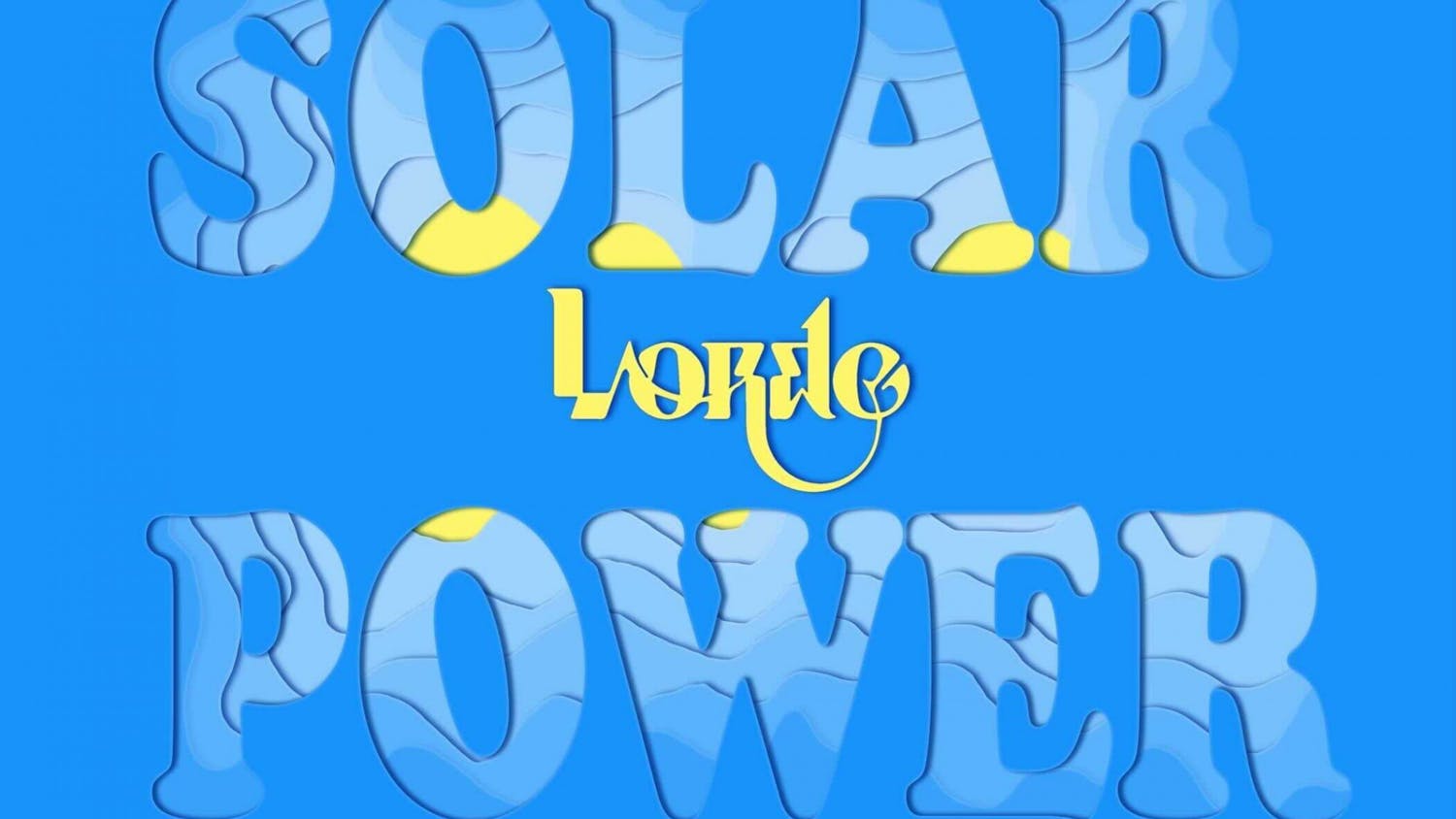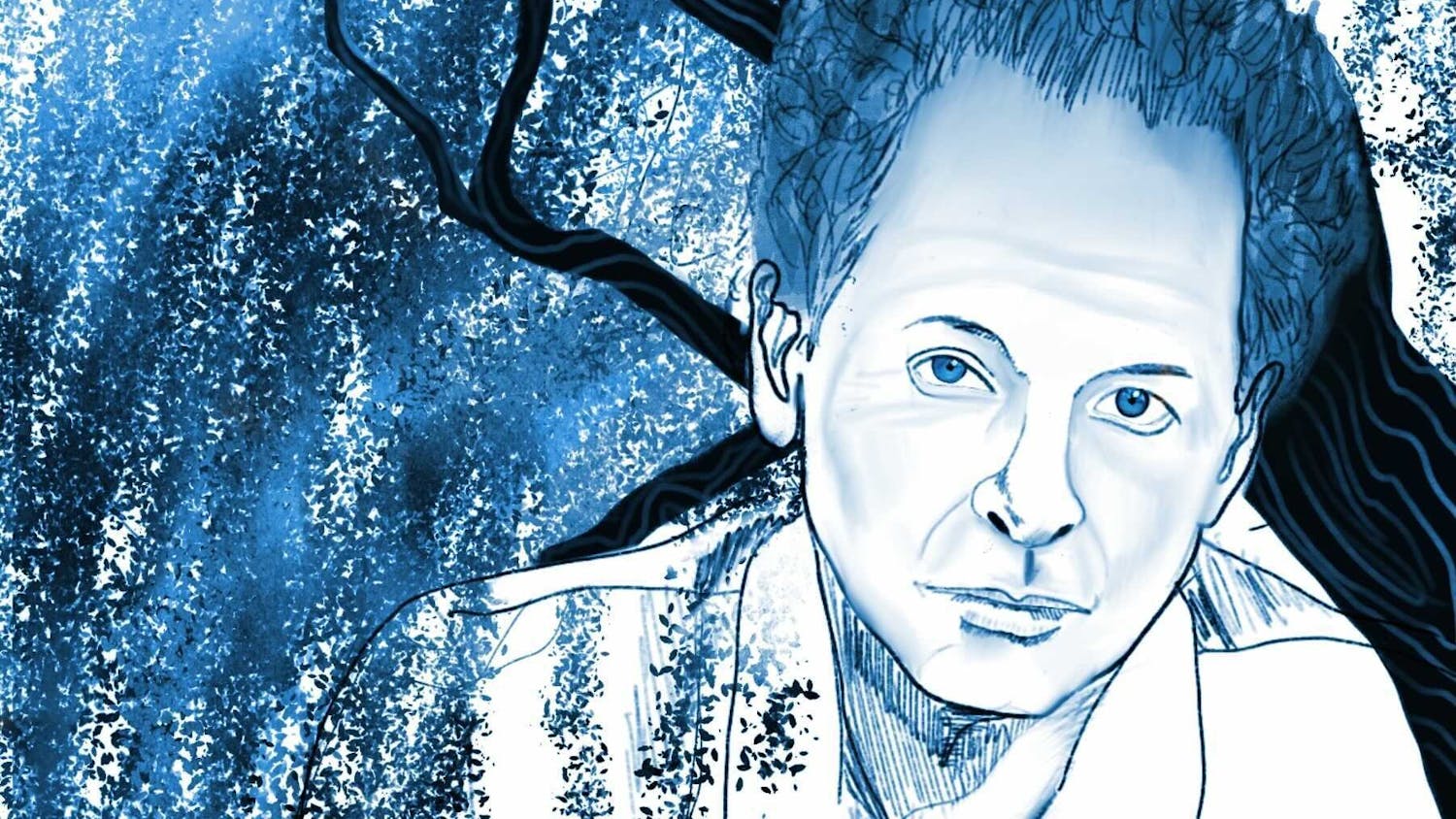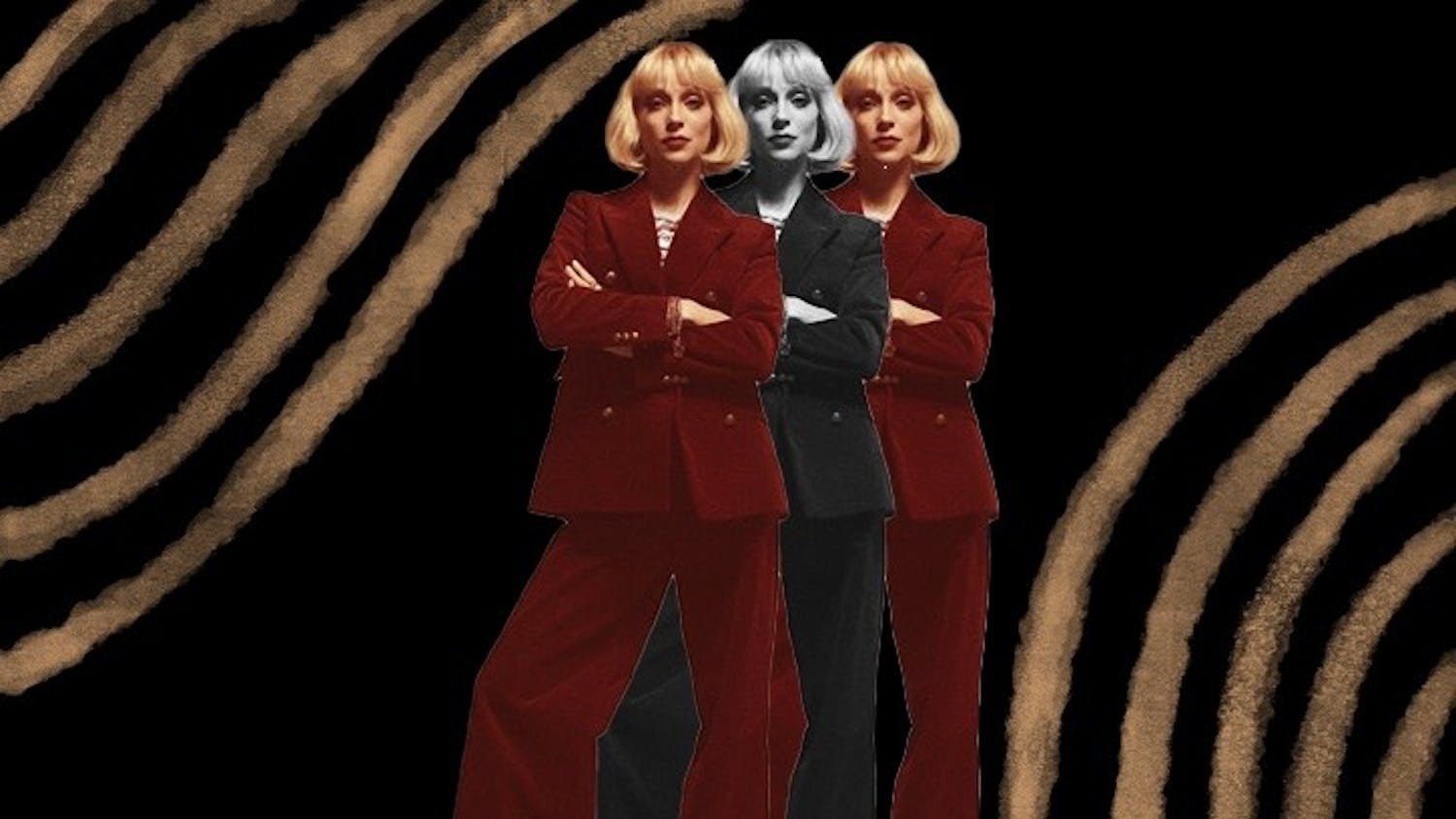“More Life. More time with family and friends. More Life. I’ve still got vibrations to send. More Life.”
So begins the editor’s note of international singer and rapper Drake’s fifth studio project, “More Life.” The cryptic phrase that titles the project originates from Jamaican slang, reflecting Drake’s recent turn toward international sounds, such as Afro-rhythm and dancehall music. “More Life” means, at its most basic level, to wish someone well. The message, like much of Drake’s music, may strike listeners as vaguely pretentious and soft in comparison with other hip-hop artists, but nevertheless overwhelmingly positive and palatable. Drake has always been a master of maneuvering the thin, shaky tightrope between the sounds of soulful R&B, frat-house pop and traditional hip-hop. “More Life” is no exception, and it is undeniably more eclectic than any of Drake’s other projects to date.
But the wide range of sounds, focuses and featured artists should come as no surprise. The project, released March 18, was marketed not as an album or mixtape but rather as a playlist. This semantic adjustment served the purpose of justifying the project’s unconventional format. Clocking in at over 80 minutes and 22 songs in length, “More Life” is too long and rambling to maintain the constant theme, tone or narrative characteristic of a traditional album. The tracks vary significantly in focus and sound, with some songs completely void of Drake’s presence on the artist’s own project. By calling “More Life” a playlist, Drake attempts to forego the music industry’s norms surrounding what a project should be and what a project should not be. In my mind, this move can be seen as a reflection of Chance the Rapper’s recent success in eschewing industry rules, specifically his recent Grammy wins in the aftermath of his campaign to legitimize free music and avoid music labels.
There is nothing wrong with attempting to alter the format or structure of a medium. However, such attempts to dramatically change a norm prompt questions of purpose. In the case of Chance, the motivation and intention was clear. The young artist wanted to make his music more easily available, and he wanted to avoid the bureaucracy and middlemen that come with being signed to a label. Chance’s decision to release music for free online in the form of mixtapes makes sense within the context of these motivations. Critics must ask the same questions for Drake. What is he trying to do when he disregards the format of a normal album? Why does this project need to be 22 songs long? Why not make it more concise and thematically constant?
The most apparent reason for Drake’s decision appears to be his desire to showcase the talents of other artists through his mainstream platform. The playlist is saturated with artists who are not Drake, and this approach is not without drawbacks. Often, these new artists seem to outshine Drake on his own project, which provides a reason for him to call the project a playlist, because it implies collaboration rather than creative sovereignty. These artists, who include singers and rappers like Skepta, Sampha and Jorja Smith, are lyrical, musical and clearly deserving of the mainstream exposure they will undoubtedly receive from a solo interlude on a Drake project.
The playlist also introduces American listeners to international producers and DJs who effortlessly mix dreamy dancehall beats with the samples ranging from ’70s Motown to ’90s pop to epic video game soundtracks. One such example is Nana Rogues from the U.K. He produced two tracks on “More Life,” the surreal “Passionfruit” as well as the self-titled trap interlude for fellow U.K. grime artist, Skepta. Rogues and Skepta represent a burgeoning U.K. rap scene that is mixing internationally with many popular American artists. The trend toward internationality in musicians can also be seen in the work of South African DJ Black Coffee on the song “Get It Together,” which features the beat from his song, “Superman.” The beat is descendant from the sounds of ska, calypso and reggae, like much of Drake’s recent work, which occasionally seems to attempt to find new sounds by reimagining the techniques of previous generations.
The trends toward the Caribbean and African roots of hip-hop in Drake’s music parallel a similar development occurring for other modern hip-hop artists. Much of Kendrick Lamar’s recent music has relied heavily on jazz and funk artists to provide complex instrumental beats. Chance and Kanye West returned to the roots of soul music for each of their latest albums, “Coloring Book” and “The Life of Pablo,” respectively.
My major problem with Drake in this regard is his return to the musical roots of a genre without providing the lyrical ability to match the originality of the instrumentals and the beats. “More Life” is just the same old moody Drake. He’s whining about some ex-girlfriend, either Rihanna or Nicki Minaj. He’s taking shots at some rapper for no apparent reason, either Meek Mill or Tory Lanez. He’s reflecting on being sad and alone and growing older, but with none of the storytelling ability of Lamar, J. Cole or other, more talented artists. For this reason, I think “More Life” is a cop out. It’s nice to listen to, nice to dance to, but I find myself doubting whether I would call it art. It’s not coherent, it’s not concise and it’s hard to call it Drake’s own project. It’s just a playlist.



